Vindonissa Legionary Trail
About Museum Aargau
Hauptmenü

The most important gateway in a military camp was the Porta Praetoria. The main street starting at the gate (via praetoria) lead in a straight line to the legion's headquarters (principia), the administrative and religious centre of the camp. The legion commander's palace (praetorium) was situated on the same road. When the soldiers were required to go to war, they left the camp in orderly formation through the Porta Praetoria.
At Vindonissa, the Porta Praetoria was some 13 to 15 metres high and was built in stone by the 11th legion. It had two side towers that were rectangular in layout, like the North Gate, and it comprised a wooden superstructure. The passage through the gateway was spanned by a bridge at the height of the battlements so as to be able to deploy guards. The camp wall (vallum) encompassing the entire legionary camp was joined directly onto the side of the gateway. The camp wall was 12 Roman feet (approx. 3.6 metres) wide and reinforced at regular intervals with fortified towers. In front of it was a V-shaped ditch (fossa) as an obstacle to approaching enemies.
The Via Praetoria led straight from the South Gate to the North Gate of the camp and comprised a thick, compact gravel layer which remains excellently preserved after 2,000 years. Rain water was collected from the roofs and drained by means of stone gulleys by the roadside. Legionary Trail visitors can still see the stone column bases of the pergolas which once ran along the Roman road.
This roman site can be visited without museum admission.